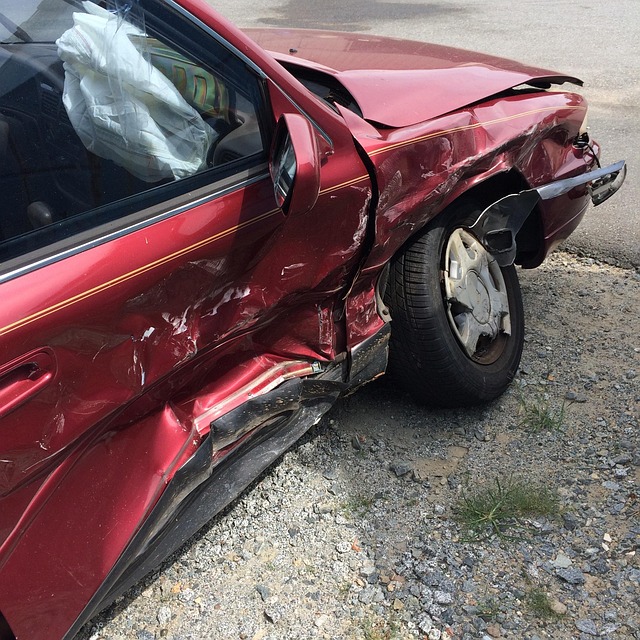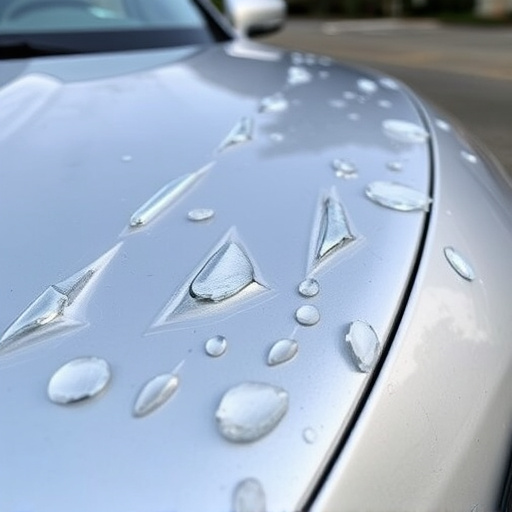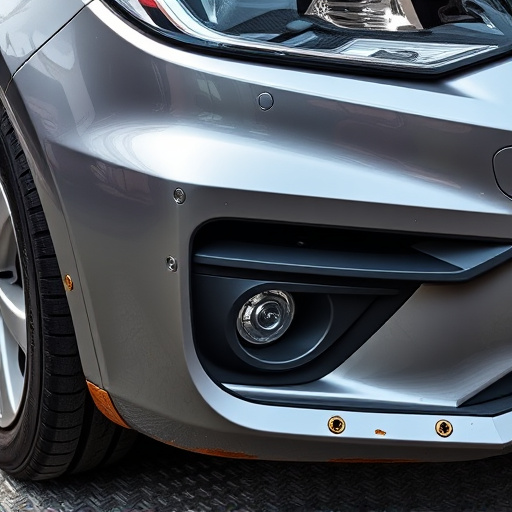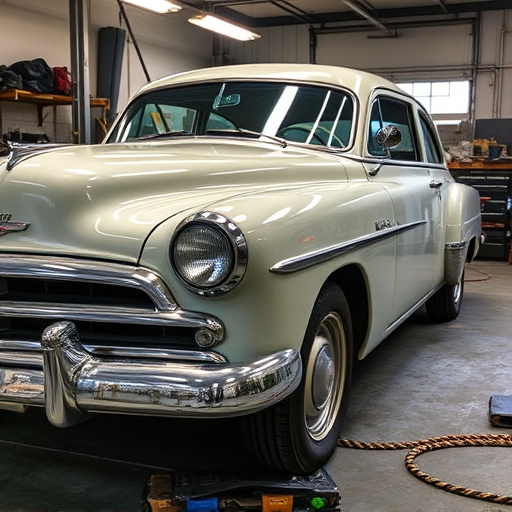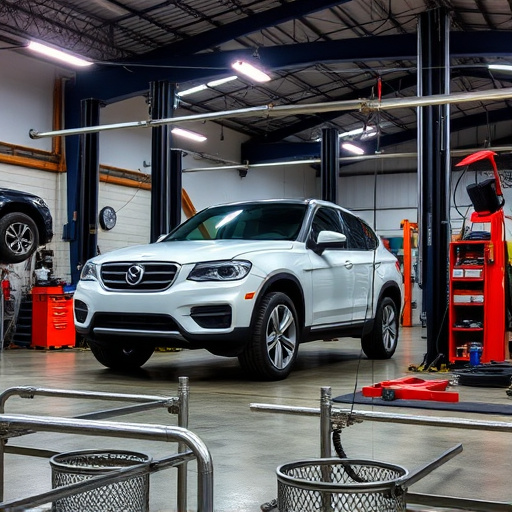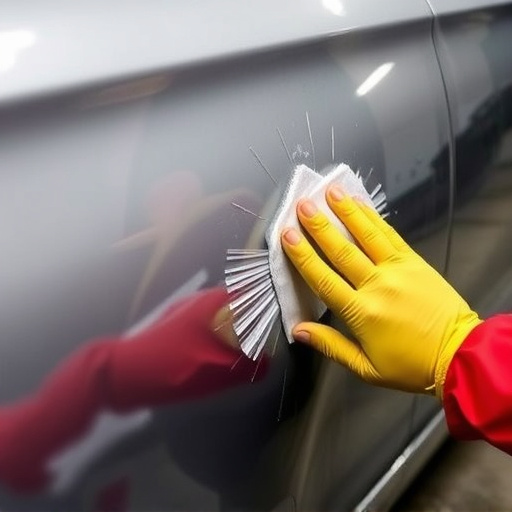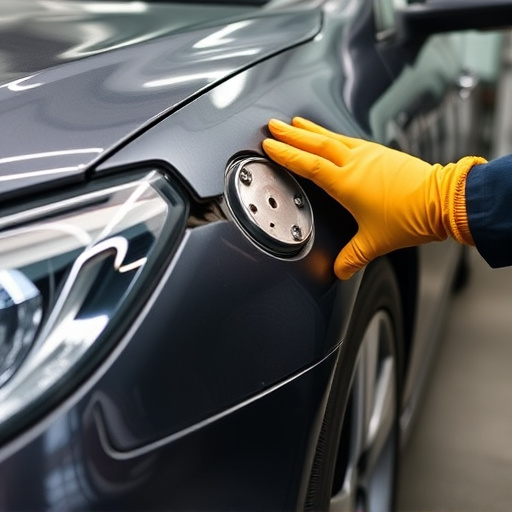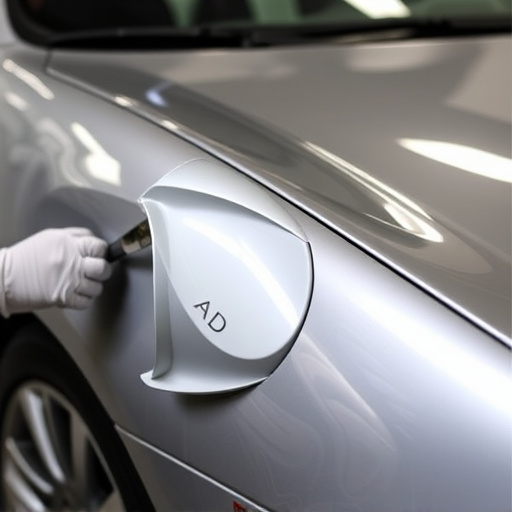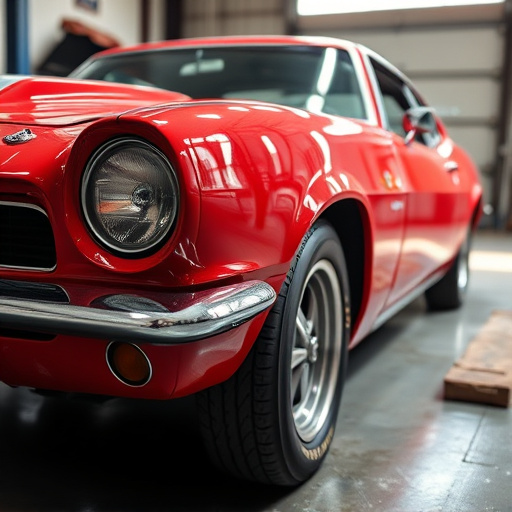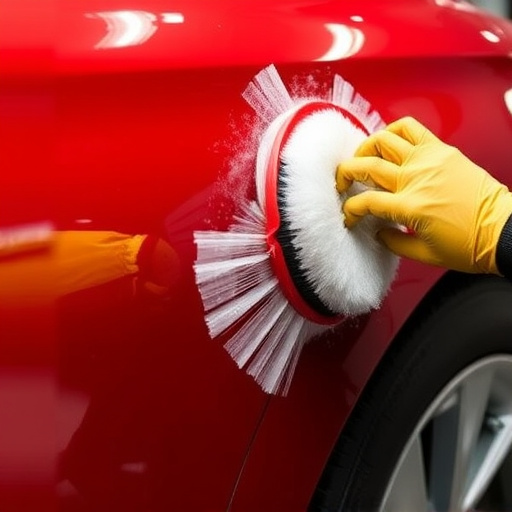Infrared curing equipment revolutionizes automotive repairs with heat mapping technology, enabling precise control over drying processes. This advanced method drastically reduces cure times from hours to minutes while ensuring high-quality finishes and structural integrity checks. By enhancing efficiency and customer satisfaction in Mercedes Benz repair shops and beyond, infrared curing equipment becomes an indispensable asset for modern workshops.
Heat mapping, powered by infrared curing equipment, is a game-changer for technicians across industries. This non-destructive testing method visually represents heat distribution, enabling precise identification of issues like hot spots or dry areas in materials. By understanding heat mapping, technicians can optimize drying processes, enhance product quality, and streamline production. This article explores these aspects, offering insights into the successful integration of infrared curing equipment for efficient, data-driven operations.
- Understanding Heat Mapping: A Technician's Perspective
- Infrared Curing Equipment: Unlocking Efficient Drying
- Optimizing Processes: Case Studies of Heat Mapping Success
Understanding Heat Mapping: A Technician's Perspective
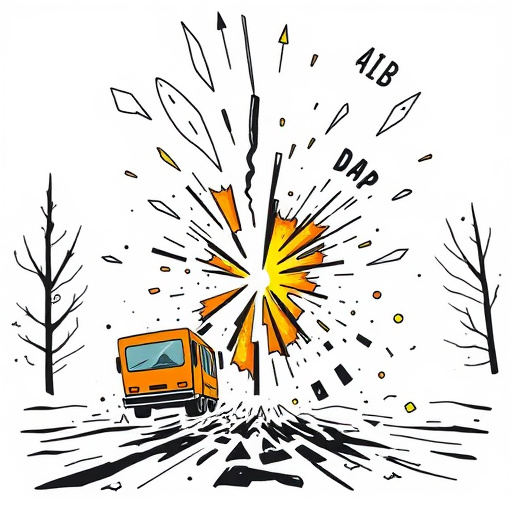
Heat mapping is a powerful tool that technicians use to visualize and analyze heat distribution within a material, especially during the curing process. With infrared curing equipment, this technique becomes an invaluable asset for ensuring optimal results in various industries, including automotive repairs. By capturing thermal images, technicians can identify areas of varying heat intensity, which is crucial when addressing issues like scratch repair or vehicle collision repair.
From a technician’s perspective, understanding heat mapping allows them to make informed decisions. They can quickly detect potential problems, such as hot spots or uneven curing, that might go unnoticed by the naked eye. This knowledge enables them to adjust curing parameters, ensuring consistent and effective results in car damage repair processes.
Infrared Curing Equipment: Unlocking Efficient Drying

Infrared curing equipment has transformed auto body repairs and painting processes. Unlike traditional drying methods that can be time-consuming, infrared technology speeds up the process significantly. This advanced equipment utilizes focused infrared heat to dry and cure paints and coatings quickly and efficiently. It’s a game-changer for auto repair services, especially in situations involving minor damages like fender benders.
By applying precise infrared heating, technicians can ensure even drying without leaving any wet spots or uneven surfaces. This precision is crucial for achieving high-quality finishes in auto body repairs. Furthermore, the reduced cure time means faster turnaround for customers, enhancing overall satisfaction with auto repair services.
Optimizing Processes: Case Studies of Heat Mapping Success

Infrared curing equipment has become a game-changer for technicians across various industries, including automotive repairs. Heat mapping, facilitated by these advanced tools, offers precise temperature control and quick drying times, optimizing processes and enhancing overall efficiency. Case studies in vehicle dent repair and car restoration highlight significant improvements. For instance, Mercedes Benz repair shops have successfully implemented infrared curing to streamline their paint jobs, reducing cure times from hours to minutes while maintaining high-quality finishes.
This technology’s versatility extends beyond cosmetic repairs to structural integrity checks. In complex repairs like car body panels, heat mapping helps identify areas with inconsistent heating or cooling, potentially indicating hidden damage. By optimizing these processes, technicians can ensure better results, reduce waste, and enhance customer satisfaction. Such success stories exemplify the transformative impact of infrared curing equipment in modern workshops.
Heat mapping, coupled with infrared curing equipment, has emerged as a powerful tool for technicians to optimize drying processes across various industries. By understanding where heat is applied and its impact on materials, professionals can streamline operations, reduce waste, and enhance overall efficiency. This innovative approach, highlighted through successful case studies, demonstrates the significant advantages of incorporating infrared curing technology in modern practices.
